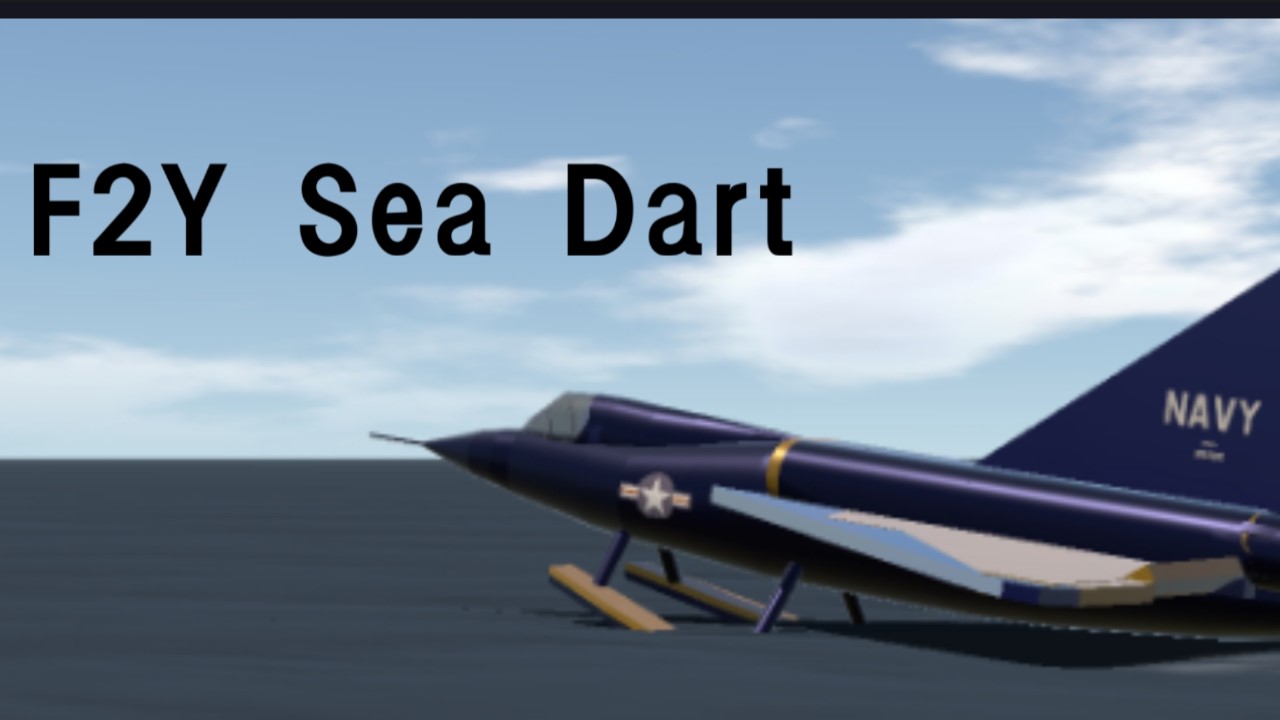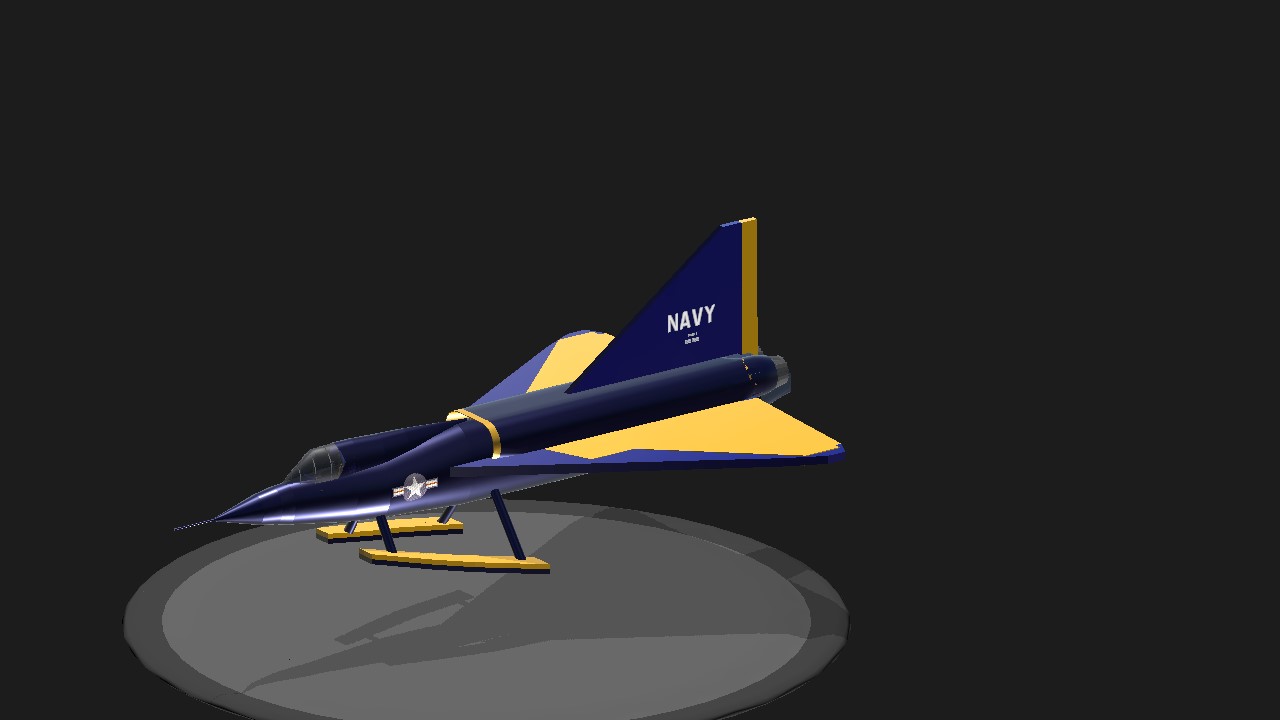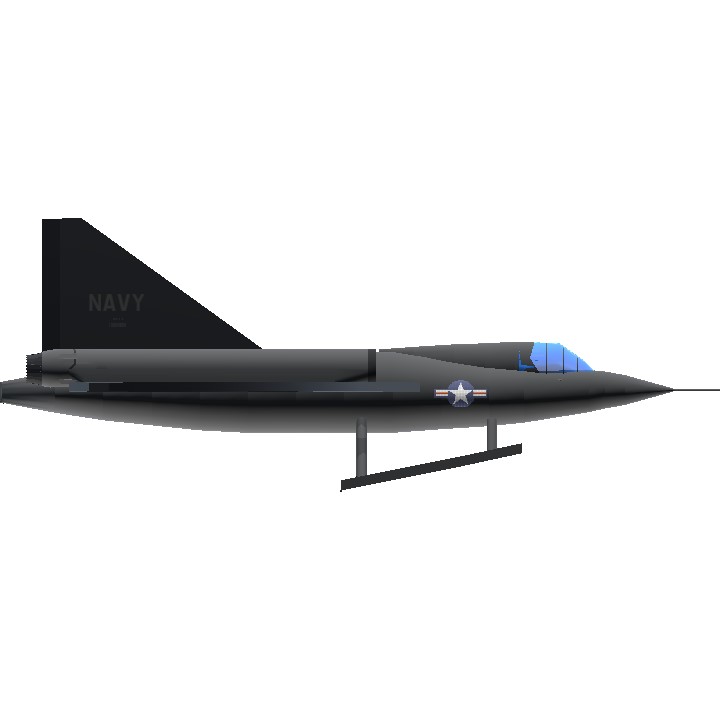
The F2Y Sea Dart was an experimental supersonic seaplane fighter developed by Convair for the United States Navy in the early 1950s. Designed to operate from water without requiring traditional runways, the F2Y was part of a post-World War II effort to explore innovative naval aviation technologies. Although the program was ultimately canceled due to technical challenges, the Sea Dart remains a fascinating chapter in aviation history as the only seaplane fighter to achieve supersonic flight.
In the late 1940s and early 1950s, the U.S. Navy sought ways to deploy high-performance jet fighters without relying on aircraft carriers, which were expensive and vulnerable. Convair proposed a water-based supersonic fighter that could take off and land on twin hydro-skis, eliminating the need for runways. The project, designated XF2Y-1, was approved in 1948, with the first prototype completed in 1953.
The F2Y had several unique design elements:
- Hydro-Ski System: Instead of floats, the Sea Dart used retractable hydro-skis for water takeoffs and landings.
- Delta Wing: It featured a delta wing configuration for high-speed stability, similar to Convair’s land-based F-102 Delta Dagger.
- Twin Engines: Later prototypes were equipped with two Westinghouse J46 turbojets to improve thrust.
- Waterproofing: Special seals and coatings protected the engines and electronics from saltwater corrosion.

The F2Y was designed to reach Mach 1+ speeds, but early tests revealed major challenges:
- Hydrodynamic Instability: The skis caused violent vibrations during takeoff and landing.
- Engine Limitations: The original J34 engines were underpowered, and the upgraded J46s still struggled with reliability.
- Sonic Boom Issues: Supersonic flights over water created structural stress.
Despite these problems, the Sea Dart achieved supersonic flight in a shallow dive in 1954, becoming the only seaplane ever to break the sound barrier. However, a fatal crash in 1954 (due to structural failure) and shifting Navy priorities led to the program’s cancellation in 1957.
Specifications
Spotlights
- oldmate52 4 months ago
General Characteristics
- Predecessor [Closed] Seaplane Challenge!
- Created On Android
- Wingspan 34.2ft (10.4m)
- Length 58.8ft (17.9m)
- Height 22.9ft (7.0m)
- Empty Weight 21,378lbs (9,697kg)
- Loaded Weight 26,651lbs (12,089kg)
Performance
- Power/Weight Ratio 1.264
- Wing Loading 22.2lbs/ft2 (108.6kg/m2)
- Wing Area 1,198.2ft2 (111.3m2)
- Drag Points 5748
Parts
- Number of Parts 138
- Control Surfaces 5
- Performance Cost 898






9/10
@dekanii pictures didn’t load
@dekanii Damb I didn’t even know lol
@Erionh wdym?
this is a replica, obviously it existed irl
i mean idk what you mean by "crazy idea"
This would be a crazy idea irl